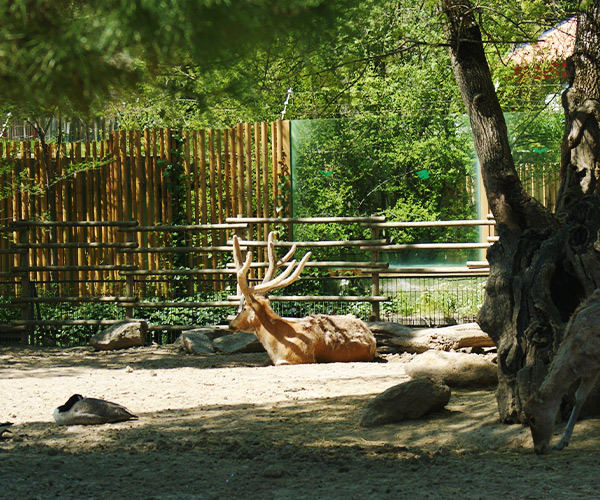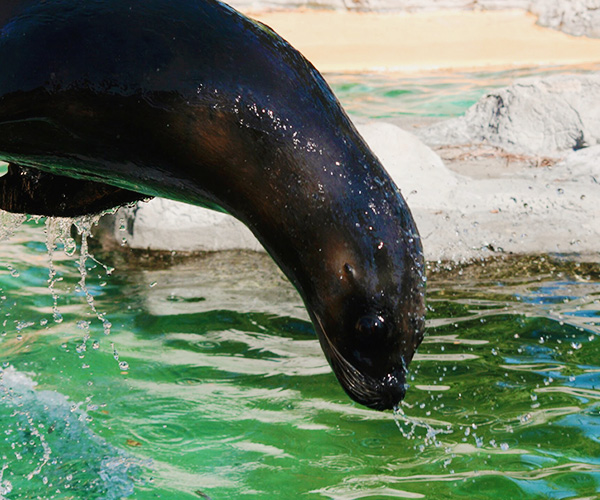Also known as red deer, this species is one of the largest among the cervids.
There is a great sexual dimorphism between males and females, the latter being smaller and without antlers. The males, however, have magnificent antlers, which they renew every year.
The deer is distributed from Western Europe to North Africa and the Middle East, including the British Isles, Corsica and Sardinia.
The coat is chestnut-colored, except in the ventral area, which is lighter, and the anal shield is almost white.
In general they are brownish in color. The belly and buttocks have a whitish color.
They like to spend summers on wooded slopes and winters in valleys with open grasslands.
They usually live in herds of females and young. Males live alone or form herds in summer. Towards the end of this period, the beginning of the rutting season, they gather harems of up to 500 females.
The males use their horns in their fights during the rutting season (between September and October) known as “bellowing” (due to the guttural sound emitted by the males).
The gestation period lasts 235 days, with a single calf being born between May and June.
This species is listed as of least concern due to its wide distribution and large population. Genetic mixing as a result of the introduction of deer from different areas is a problem that needs to be addressed.
.jpg)
.jpg)
.jpg)
.jpg)
.jpg)
.jpg)
.jpg)
.jpg)
.jpg)







